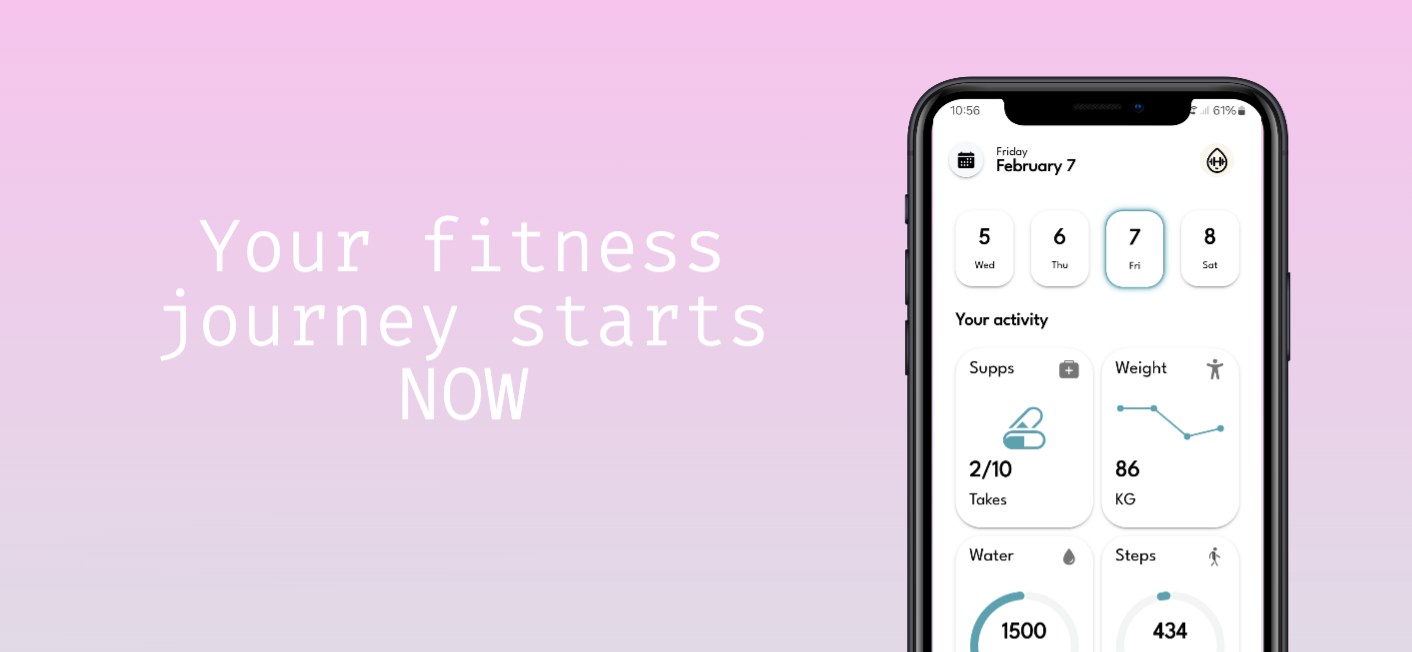Publish an app (Step I) — The 12 Testers Saga
- N0m4d
- February 17, 2025
- 3 mins
- Software
- hybrid app play store release
Fitness Hub is my first attempt at creating a secondary income stream — a free fitness tracking app that I plan to monetize later with premium features and subscriptions. For now, it’s completely free and functional enough that I use it daily.
From Idea to MVP
After months of juggling full-time work as a software developer, earning my driver’s license, training for a natural bodybuilding competition, and managing personal life, I finally shipped a stable MVP.
It’s not perfect — a few UX quirks remain — but it’s clean, simple, and solid enough to be my daily driver.
Getting the Developer Account
Setting up the Google Play developer account was painless: €25 fee, identity verification, and a dedicated email (which I’ll probably replace with a single master account for all my apps).
The Play Console questionnaire was easy for Fitness Hub: no ads, no purchases, no sensitive data leaving the device. I just had to add contact details, a website, and a privacy policy.
Building the Store Page

Designing the store listing was another story. I’m a coder, not a designer. My “workflow” was a mix of Canva/Figma templates, device mockups, and GIMP edits — none satisfying.
Then I found Previewed, a web app for generating store-ready images. It’s buggy as hell (refresh after almost every click), but after a few hours I had a decent carousel. Descriptions were easier — ChatGPT already knew the app’s strengths and helped me write SEO-friendly copy in English and Spanish.
The 12 Testers Problem
Here’s the catch: Google Play won’t let you publish without 12 testers using your app for 14 consecutive days. For solo devs, that’s brutal.
I discovered Tester Community, a platform where devs test each other’s apps. My first attempt flopped (I skipped some instructions), but the second time worked — and I even tested a few interesting apps myself.
Still, progress was slow. I dug up two old phones — only the Realme worked, becoming my first official tester. That left me with 11 to go.
Then I tried virtual machines. ChatGPT warned it wouldn’t work… but it did. Using Android Studio, I spun up three emulators with separate Google accounts. By the fourth, Google asked for a phone number, so I was stuck. Luckily, more testers from Tester Community started joining in.
Between them, the emulators, and my physical devices, I hit the magic number: 12 testers. The 14-day countdown began — and the release was finally in sight.